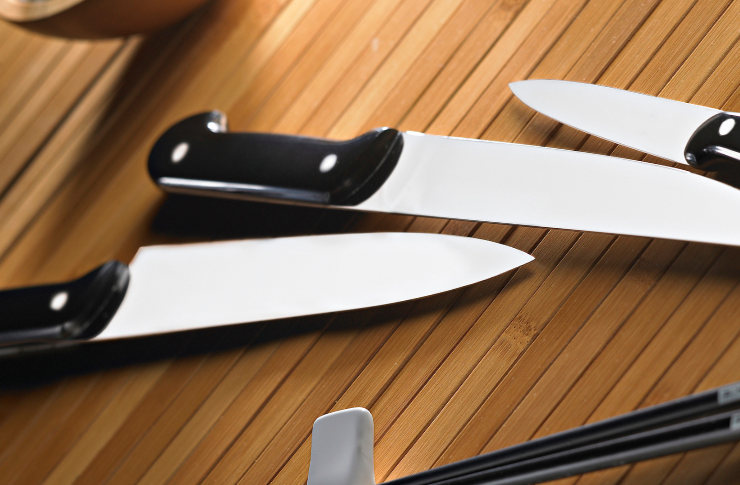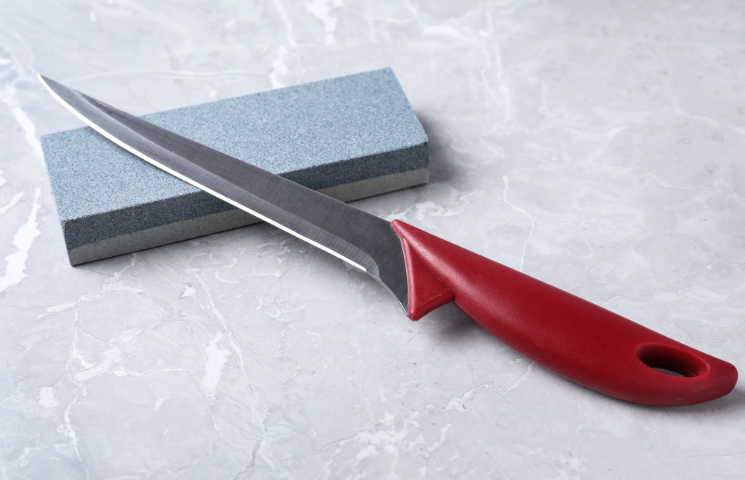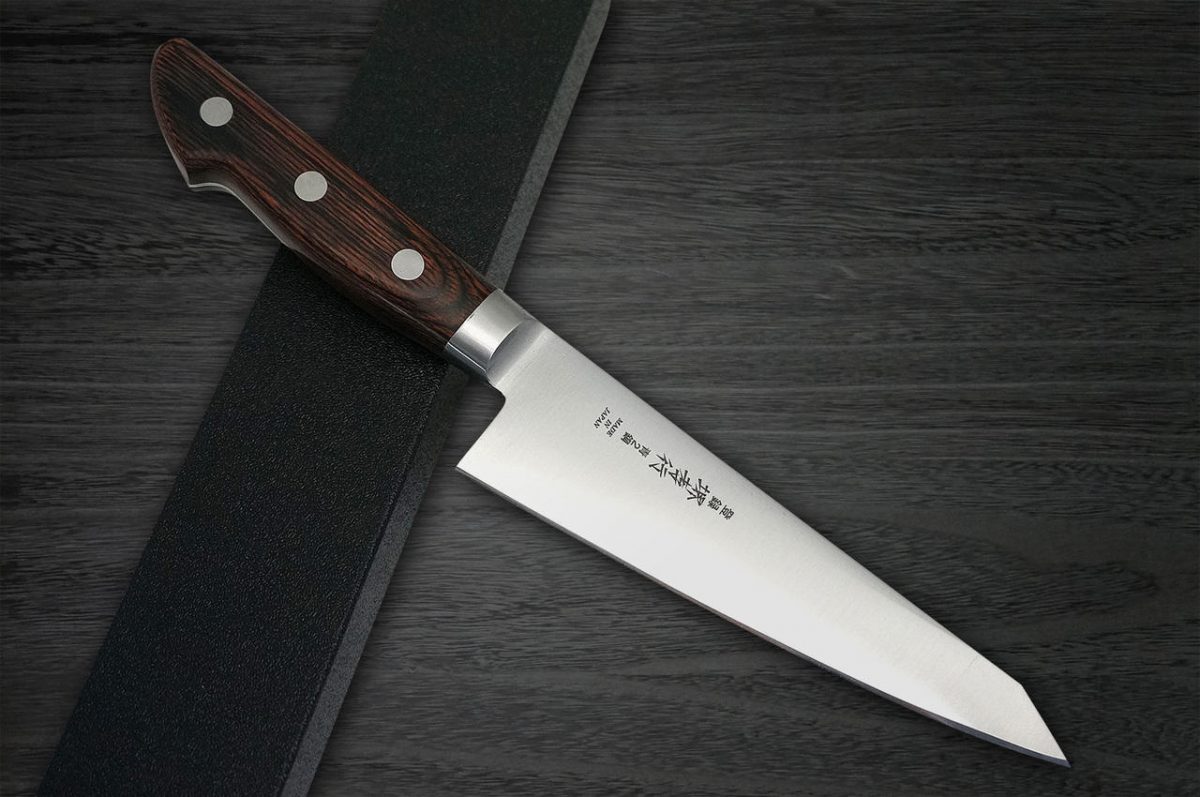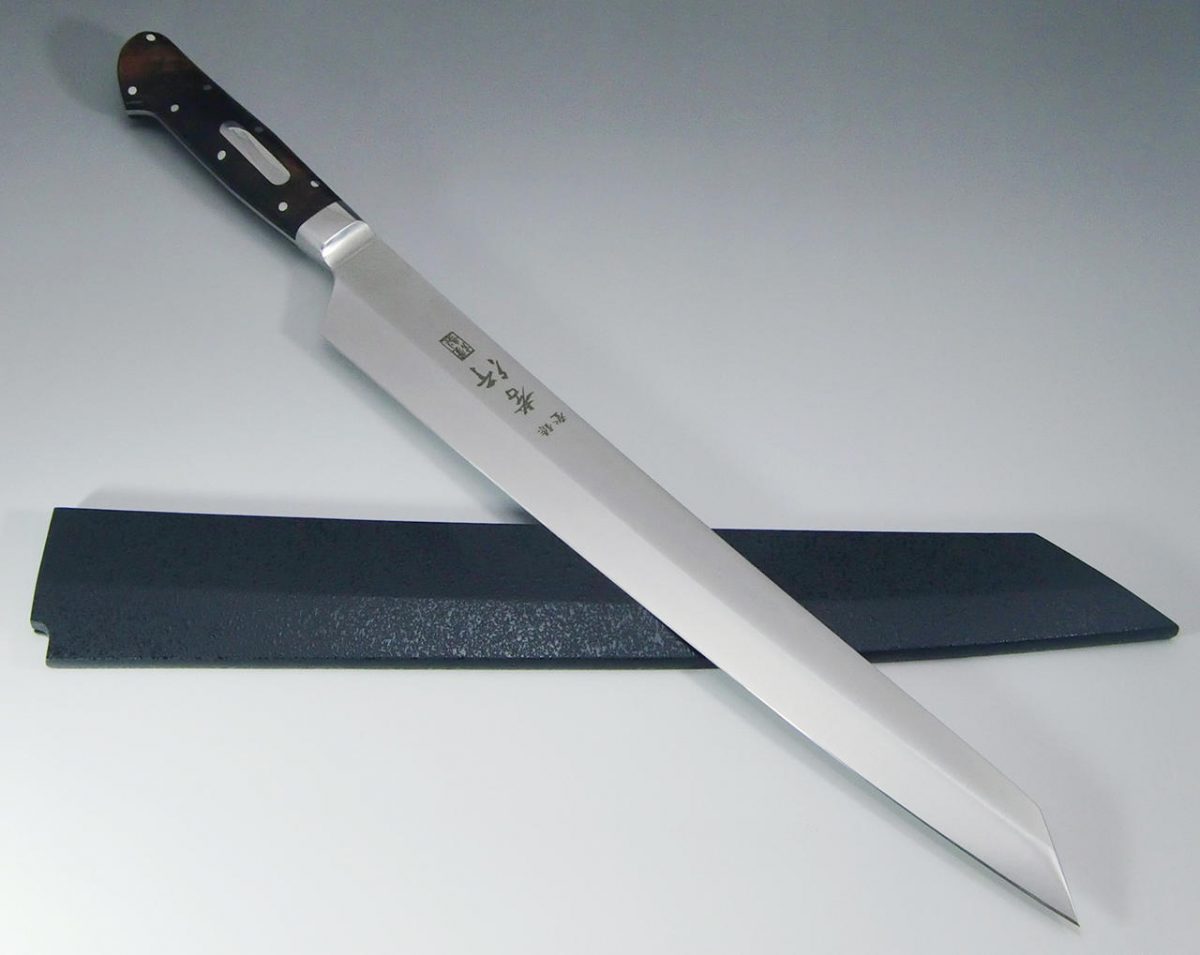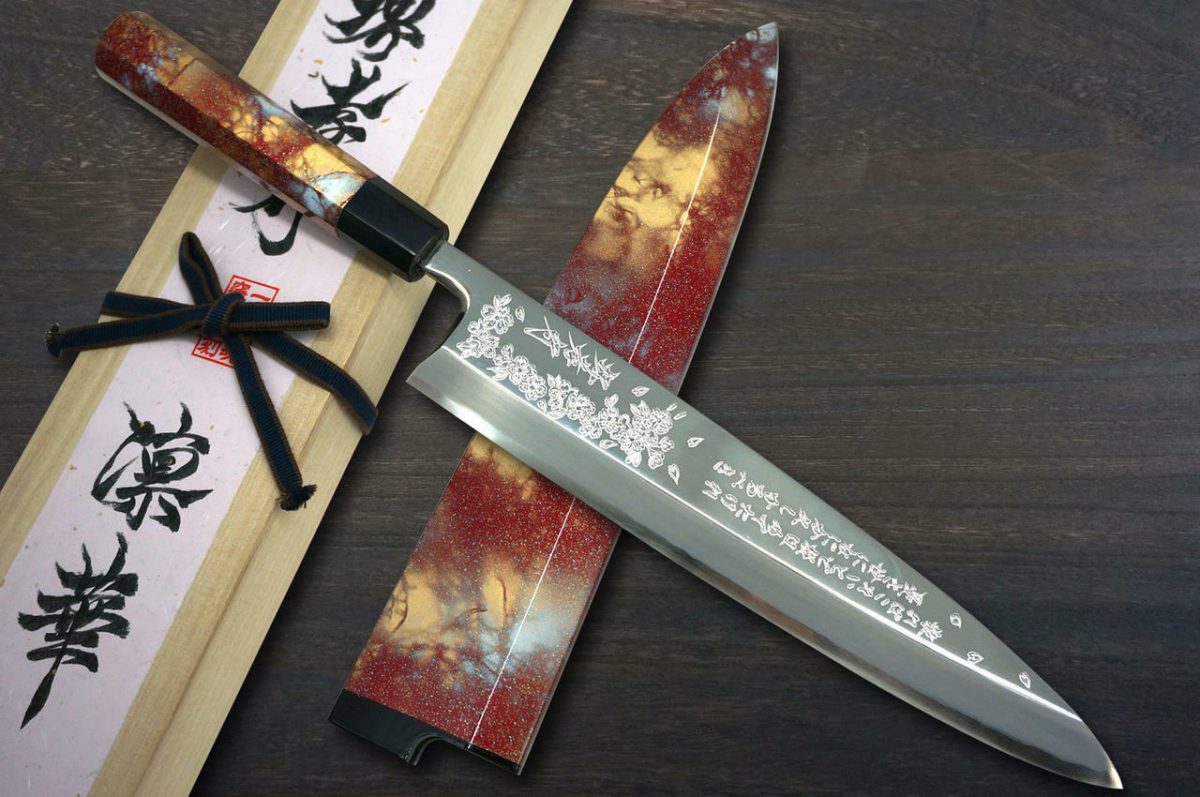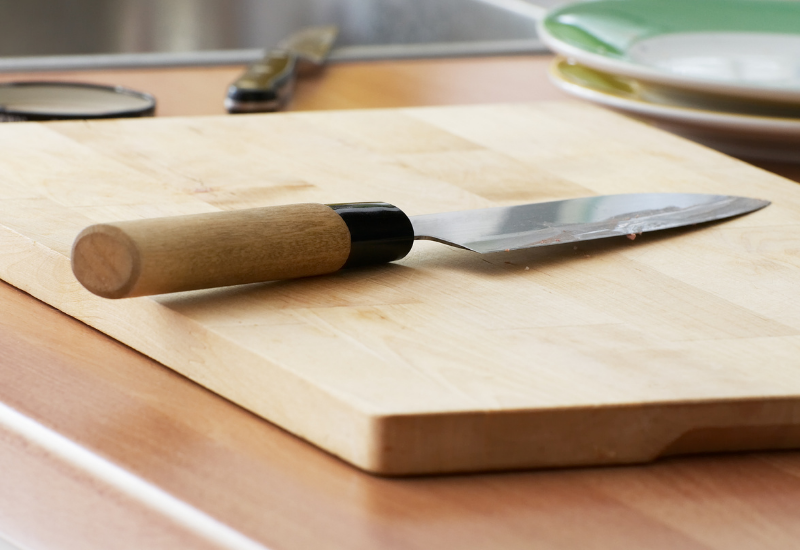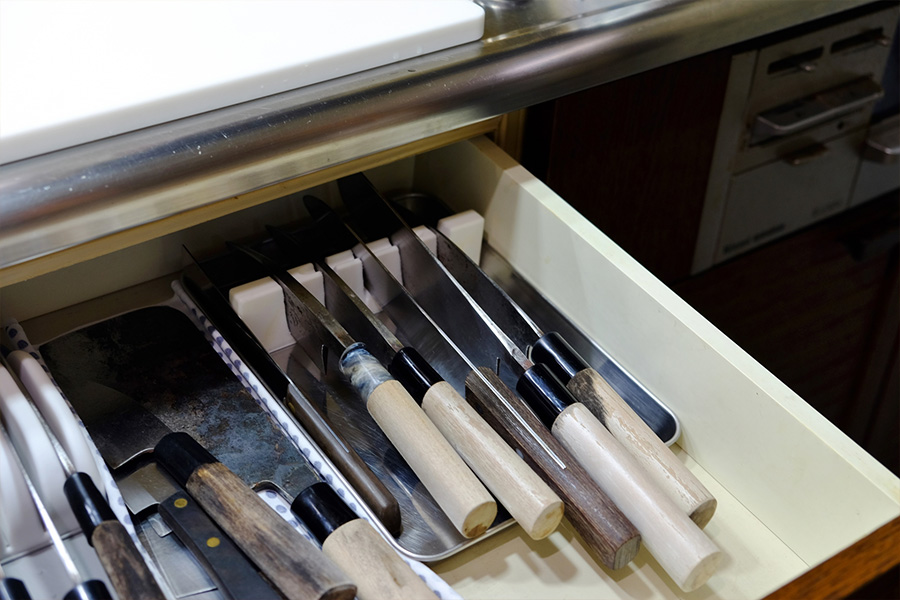Japanese knives are renowned worldwide for their exceptional sharpness, precision, and craftsmanship. These prized kitchen tools are an investment, and maintaining their keen edge ensures that they will serve you well for years to come. Here are some essential tips on how to prolong the sharpness of your Japanese knives:
Proper Storage:
Magnetic Strip:
Consider using a magnetic strip on your kitchen wall. This will prevent the blades from touching anything, thus keeping them sharp.
Knife Block:
If you prefer a counter-top solution, use a knife block. Ensure the slots are horizontal, so the blade doesn’t wear out when sliding in and out.
Blade Guard:
For those who store knives in a drawer, using a blade guard can protect the edge from contact with other utensils.
Use the Right Cutting Surface:
Hard surfaces like granite or glass can dull your knife quickly. Instead, opt for a wooden or soft plastic cutting board which is gentler on the blade.
Proper Cleaning:
Avoid putting your Japanese knife in the dishwasher as the aggressive detergents and banging around can damage the blade.
Hand wash the knife using warm soapy water and a soft sponge. Dry it immediately with a towel to prevent rust, especially if it’s made of high-carbon steel.
Honing and Sharpening:
Honing:
Use a honing rod (or honing steel) regularly to realign the knife’s edge. It doesn’t remove any material but corrects any minor bends or imperfections.
Sharpening:
Over time, honing won’t be enough, and you’ll need to sharpen the blade. Depending on your knife type (e.g., single-beveled or double-beveled), you might use a whetstone. When sharpening, always follow the knife’s original angle and work with a consistent motion.
Mind Your Technique:
Using proper cutting techniques not only ensures your safety but also keeps your knife sharp. Avoid using a “rocking” motion which can wear down the edge faster. Instead, use a smooth slicing motion.
Regular Maintenance:
Depending on how often you use your knife, consider having it professionally sharpened once a year or every other year. A professional will ensure that the blade is sharpened correctly without removing too much material.
Conclusion
The beauty of Japanese knives lies in their meticulous craftsmanship and superior performance. With a little care and attention, you can ensure that these culinary masterpieces remain as sharp as the day you bought them, giving you precise cuts and a joyful cooking experience for years to come.

